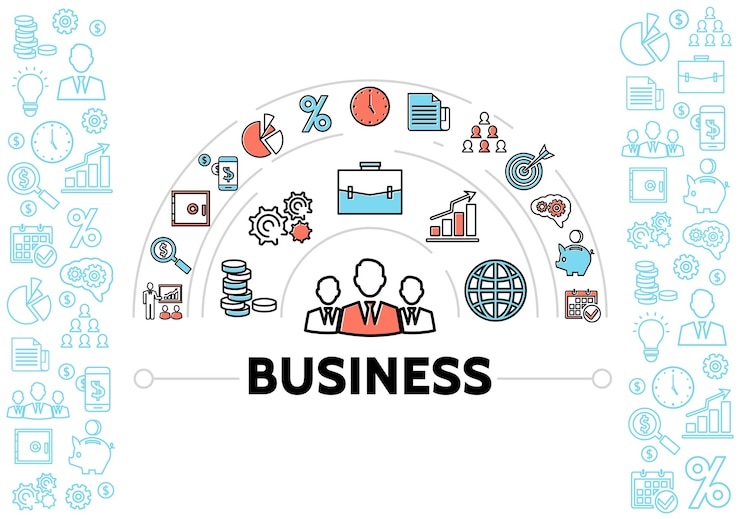
In Recent Years, D2C brands (one of the world’s fastest-growing e-commerce markets) have witnessed incredible growth as it taps into customers’ needs and delivers high-quality products. In India alone, the D2C market stands in valuation at 44.6 billion dollars, and by 2025 is expected to grow to 100 billion dollars with a CAGR of 25%. This rise is cited via the growth of eCommerce penetration, the inadvertent push toward online shopping (driven by the pandemic), and an upsurge in internet users.
However, in this segment, many small and growing brands face stagnation issues and cannot realize their growth potential. These issues usually relate to the working capital gap with insufficient marketing, hiring, and advertising spending. Despite having the persistent demands, they can not develop and increase production.
Revenue generated by D2C brands is majorly used for sustaining operations, thus limiting their chances to invest in R&D, stock creation or to meet peak season High demands. The above issues can be solved to a large extent by access to growth capital, but the traditional sources of financing such as venture capital route and bank loans become difficult to materialize due to the following reasons:
- Banks demand personal guarantees and collateral documents.
- They also demand profitability statements of multiple years and startups may not have access to these financial statements.
- Long credit history
- While projections and forecasting can be done, typically banks do not depend on such forecasts, and the collateral may be asked beyond their means.
- This is where venture capital comes in, but they typically hedge their bets on high-return business models with lower risk. Only 8.9% of the funds raised through venture capitalists and angel investors belong to the D2C segment, according to Inc42 Plus data.
Revenue-Based Financing –
Revenue-based financing (RBF) is a sustainable financing model where the loan is granted to startups or entrepreneurs for growth-related expenses and thereafter repayment can be made as a percentage of revenues. The revenue amount can be paid monthly till the loan amount gets repaid. It helps businesses raise capital without any equity dilution, based on the project’s revenue. Here’s why RBF helps D2C brands are –
- No equity dilution
- No collaterals like a bank loan
- Smooth, fast, and easy process
- Less interest than any traditional financing option
- Flexible Repayment model instead of a fixed EMI
D2C brands are capital-intensive with the need for capital to deploy R&D, samples, test products, update inventory, address incremental seasonal demands and work on users’ feedback. The time for the realization of cash flows and payment of inventories may differ by a few months only. Inventory spending is also important for sales and the festive season when high volume sales are expected. D2C eCommerce brands have extensive customer data that can be utilized properly with marketing campaigns and targeted ads on social media and other channels. In this scenario, raising capital through traditional methods can dilute equity because products do not work all time.
Revenue-based financing has emerged as a new financing tool for business growth. Some companies in India specialize in RBF such as VedFin, which provides customized solutions based on the requirements of D2C.
